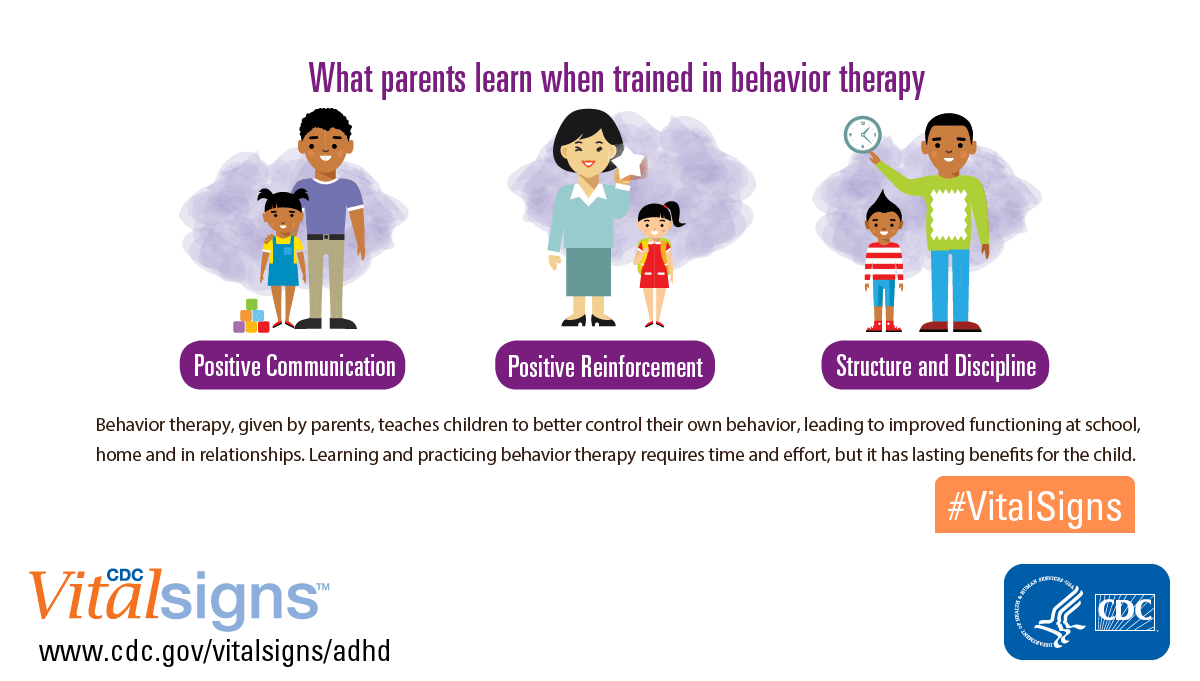It is expected that stage 4 patients will not survive more than a year without dialysis treatment. 7 days without dialysis.
 How Long Can You Live Without Dialysis
How Long Can You Live Without Dialysis
Those aged between 70 and 75 years have an average of 4 years for both males and females.
How long can a person live without dialysis. The length of time depends on many things such as age gender other health problems and how well you follow your treatment plan. Patients who receive conservative care may have similar symptoms and quality of life as those who receive dialysis. Without life-sustaining dialysis or a kidney transplant once a person with kidney disease reaches stage 5 end stage renal disease or ESRD toxins build up in the body and death usually comes within a few weeks.
In the United States more than 120000 people started dialysis in 2015 half of them over age 65. With dialysis however patients are expected to increase survivability considerably allowing. On average this group survives less than six months after starting dialysis.
If the patient can no longer drink keep the lips and mouth moist with swabs a wet wash cloth lip balm or moisturizers. For some patients life expectancy how long you will live with conservative care may be similar to that with dialysis. How long they live depends on how much kidney function which is required to maintain safe blood chemistry they still have left and any other health problems that they may have.
Well it all depends on how severe the kidney damage is. Proper treatments will help body functions even though the kidney cannot perform its job properly any longer. Most people having end stage renal failure ESRF not undergoing kidney replacement treatment usually dialysis are the elderly having multiple other serious medical con.
As long as a person suffering from complete kidney failure undergoes proper treatments they will be able to have a good quality of life. If the elderly person is passing fair amount of urine he can live without dialysis for 2 to 6 weeks. Dialysis does not always help people live longer.
Persons who do not view dialysis as aligned with their healthcare goals. However if the person is passing little or no urine then the survival rate decreases dramatically to 10 to 14 days. Many patients lead long active and fulfilling lives for 5 10 20 or more years.
Patients who are treated in-center typically go three times a week for about four hours of hemodialysis each time. If theres one thing thats predictable in a dialysis patients life its the treatment schedule. There are two major treatments used for kidney failure.
For those 80 years old or older and frail or with other illnesses dialysis did not extend life. Dialysis and kidney transplantation. TThere is almost no comparable literature on the matter youre asking about.
Dialysis keeps some people alive until they receive a kidney transplant but most dialysis. For some the best way to treat kidney failure may be to let nature take its course. The decision to stop treatment should be an informed and voluntary choice.
Individuals from 30 to 35 have an average remaining life of 14 years for males and 13 for women. If the patient can still eat or drink offer small sips of waterliquids ice chips hard candy or very small amounts of food via spoon. I had heard it could take several days to several months depending So if youre looking for that same answer keep in mind that everybody is going to be different.
One study of US nursing home patients found that 60 had either died or had decreased functional status the ability to do things like walk bathe get dressed get out of bed. If the patient is young 0 to 14 years old the average remaining time is 24 years for males and 22 for women if they receive treatment. As a result dialysis often begins in a crisis when an individual would likely face death in days or weeks without it.
In that moment OHare said the focus may be more on saving the persons life than communicating the benefits harms and alternatives to dialysis and what to expect in the future. Take cues from the patient when to stop.
/symptoms-of-infertility-1960282_lighter-5b3f8f3a46e0fb00375b7995.png)









